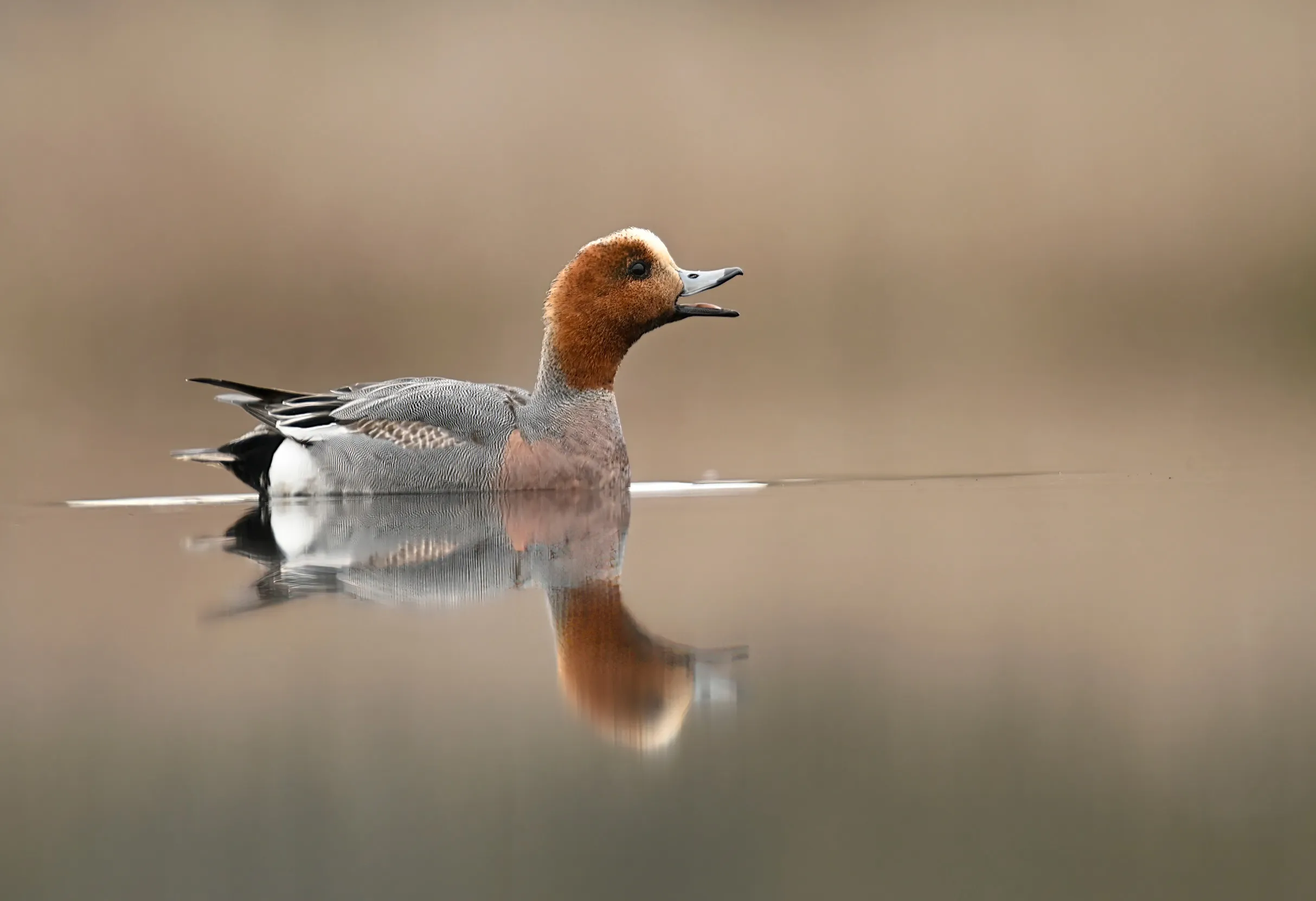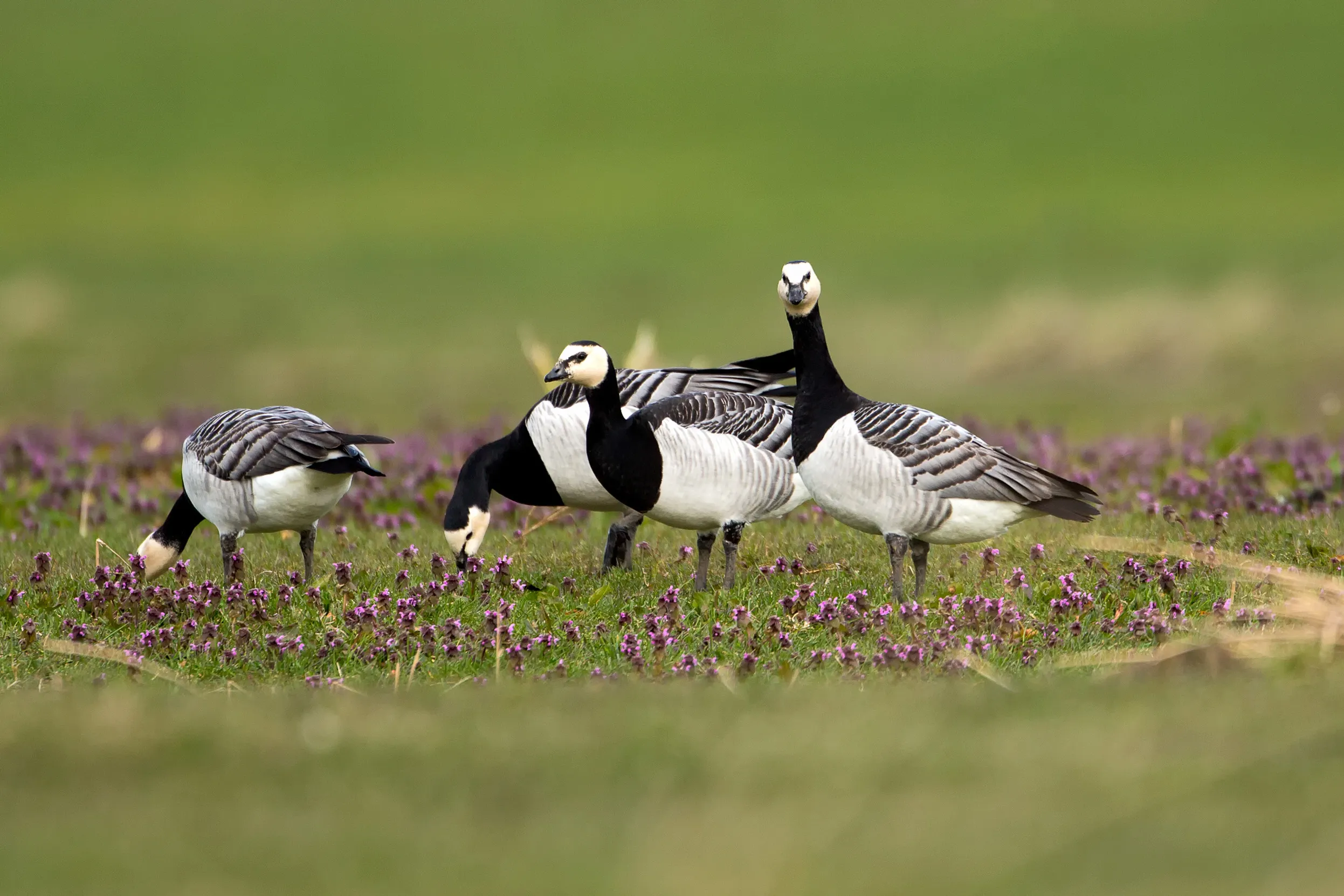News
Yet more Hen Harrier persecution on grouse moors in 2025
Six sat-tagged Hen Harriers suspected illegally killed, with a seventh confirmed poisoned.
Migratory birds travel vast distances, relying on sites across many countries. That’s why work to protect the hundreds of millions of them using the flyway needs to be on a global scale. Thanks to a £3 million partnership with the Ecological Restoration Fund, the RSPB and BirdLife International are working to protect landscapes and billions of birds along the African-Eurasian Flyway.

Stretching from the Arctic to southern Africa, the African-Eurasian Flyway is one of four great global pathways used by migratory birds. These routes criss-cross the globe like ‘avian motorways’.
The African-Eurasian Flyway is used by hundreds of millions of birds every year, many of which stop off in the UK, such as Barnacle Geese, Dunlins and Wigeons.

But all along the flyway, threats such as habitat destruction and degradation, illegal hunting and climate change threaten the future of some of the most important sites. Losing these special places would have a huge impact on the migrating birds which rely on them to breed, rest and refuel.
The £3 million of funding from the Ecological Restoration Fund comes at a vital time for nature. It means we can make sure key sites along the flyway are protected, well-managed and restored, we can reduce threats and help create a more sustainable future for migrating birds.
The new Fund supports work that protects biodiverse hotspots, rejuvenates degraded landscapes and promotes local environmental action. The Ecological Restoration Fund are committed to re-establishing nature’s essential interconnections while fostering cultural, social and economic opportunities for the communities inhabiting those landscapes. Over the next three years, their support will help build the RSPB and BirdLife International’s African-Eurasian Flyway Development Programme.
The vital investment will enable the RSPB and BirdLife International to scale work across the flyway. This will include boosting the capacity of local conservation organisations to deliver more work on the ground and build the foundations for long-term plans which will benefit nature, people and the climate.

The funding will help increase work in key countries such as Iceland, Ghana and South Africa, and in important landscapes such as the East Coast Wetlands in England and the Gola Rainforest spanning Liberia and Sierra Leone. This ‘bird's eye’ approach makes sure we create corridors and increase collaboration across borders. The methods demonstrated to work locally and nationally can then be rolled out internationally.
Katie-Jo Luxton, Executive Director Global Conservation at the RSPB said: “We are very excited by this new international programme which will see people from many different countries working together to share knowledge and support action for nature and climate at scale. Our birds know no borders, so it’s imperative that we collaborate to find solutions to the challenges they face.”
Martin Harper, Vice President of Regions and Partnership at BirdLife International said: “Reversing declines in migratory birds requires action to address threats throughout their flyway. Through the new investment of funding from the Ecological Restoration Fund, not only will we now have the capacity to tackle emerging threats to sites of importance to migratory birds, we will also have the potential to engage regional development banks to drive further investment in the African-Eurasian Flyway to benefit birds, people and the climate.”
With nature in crisis across the globe, we would like to extend our thanks to the Ecological Restoration Fund for this generous support towards securing a safer future for globally important hotspots and species.

In Partnership with: